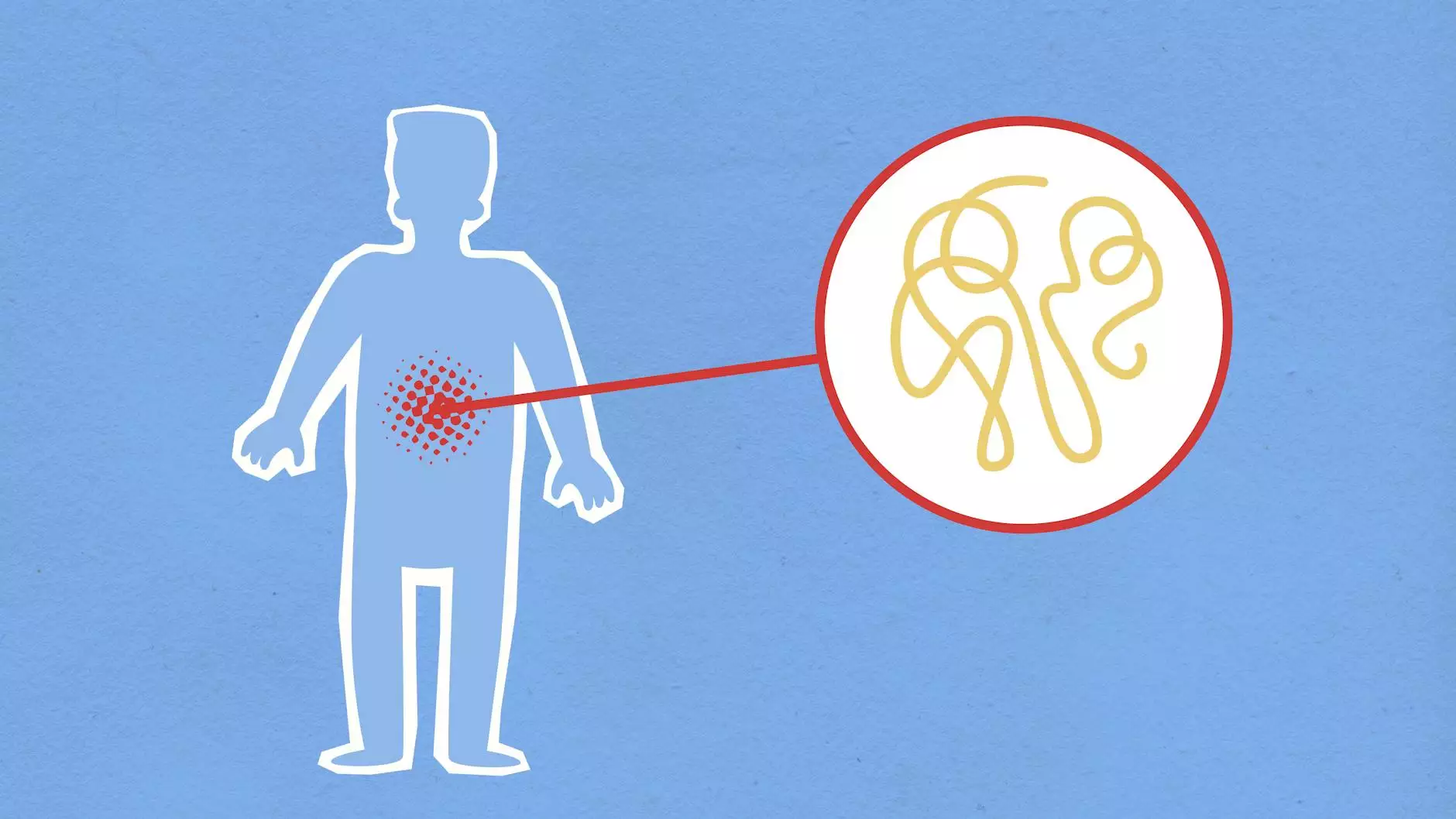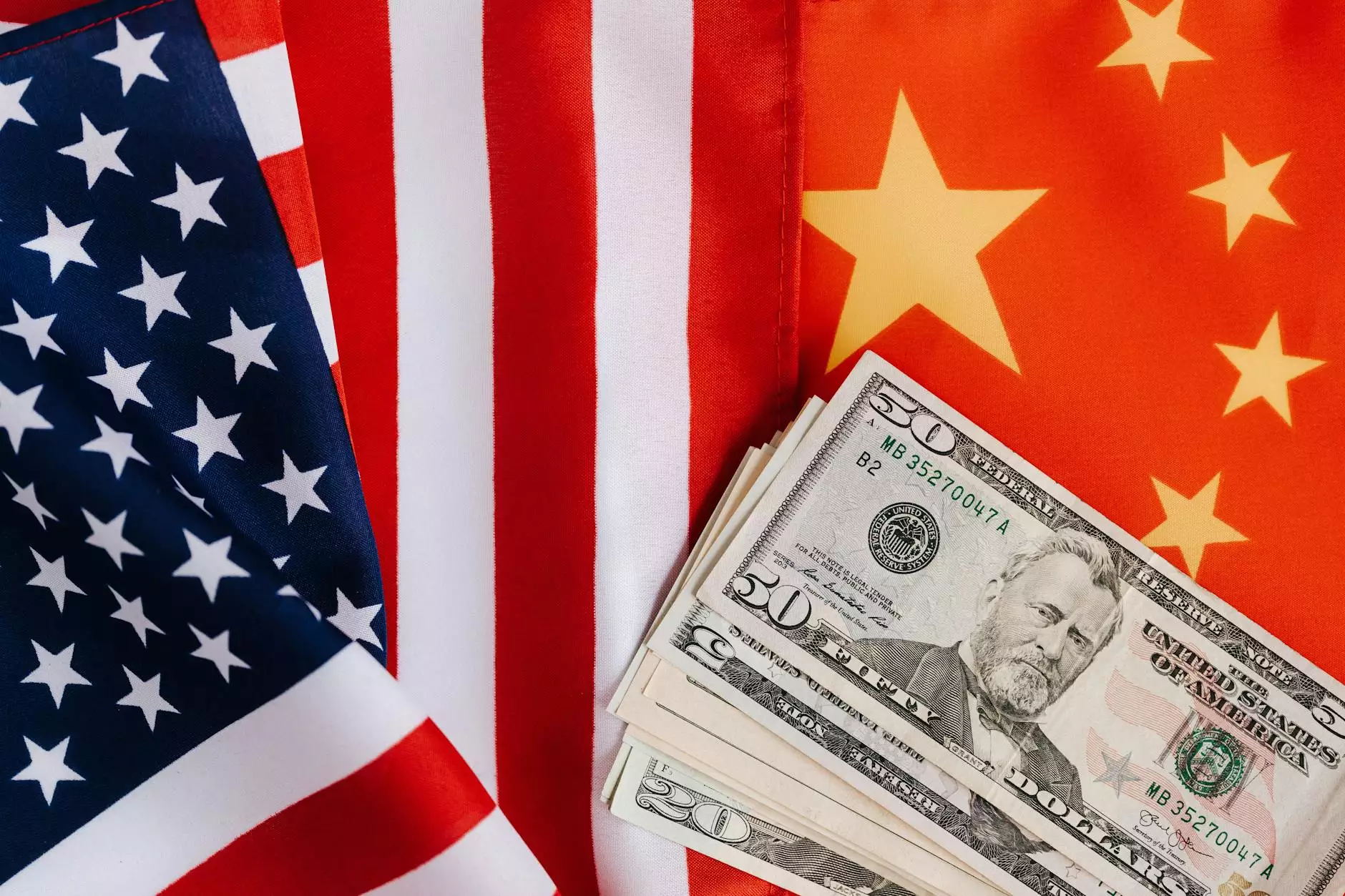Tendinitis and Tenosynovitis: Understanding, Treatment, and Prevention

Tendinitis and tenosynovitis are common conditions that affect the tendons and the protective sheaths surrounding them. These ailments often arise due to repetitive motion and overuse, leading to pain and inflammation. In this comprehensive article, we will delve into the details of these two conditions, exploring their symptoms, causes, treatment options, and preventive measures, aiming to provide you with insights that promote a healthier lifestyle.
What is Tendinitis?
Tendinitis refers to the inflammation or irritation of a tendon, which is the thick fibrous cord that attaches muscle to bone. This condition can affect any tendon in the body but is most commonly seen in the shoulders, elbows, wrists, knees, and Achilles tendon. Understanding the nature of this condition is crucial for effective management and recovery.
Common Symptoms of Tendinitis
- Pain: The most notable symptom, often described as a dull ache, particularly when moving the affected joint.
- Swelling: Inflammation in the tendon area typically leads to visible swelling.
- Reduced Range of Motion: Difficulty moving the affected joint can severely impact daily activities.
- Creaking or Crunching Sensation: As the tendon moves, you may feel or hear a creaking or crunching sound, known as crepitus.
What is Tenosynovitis?
Tenosynovitis is a condition that involves the inflammation of the synovial sheath, the protective covering that surrounds a tendon. It often occurs alongside tendinitis, as the inflammatory processes affect both the tendon and its sheath. This condition is prevalent in individuals who perform repetitive tasks or engage in sports with similar movements.
Common Symptoms of Tenosynovitis
- Localized Pain: Sharp pain in the affected area, especially during movement.
- Swelling: The swelling may be noticeable, especially along the tendon sheath.
- Stiffness: Difficulty in moving the affected area, particularly after periods of inactivity.
- Redness and Warmth: The area may appear red and feel warm to the touch.
Causes of Tendinitis and Tenosynovitis
Understanding the underlying causes of tendinitis and tenosynovitis is vital for effective prevention:
- Repetitive Motion: Engaging in repetitive actions, such as typing, playing sports, or manual labor, can lead to wear and tear on tendons.
- Injury: Acute injuries can result in inflammation of the tendons or their sheaths.
- Age: As people age, tendons lose elasticity, making them more prone to injury.
- Health Conditions: Certain systemic conditions like diabetes and rheumatoid arthritis can predispose individuals to these conditions.
- Poor Posture: Improper body mechanics while performing activities can stress tendons.
Diagnosis of Tendinitis and Tenosynovitis
Accurate diagnosis is crucial for effective treatment and can include various methods:
- Physical Examination: A healthcare provider will assess the pain, swelling, and range of motion.
- Medical History: Understanding the patient's activities and any prior injuries helps pinpoint the cause.
- Imaging Tests: X-rays, ultrasound, or MRI scans can help visualize inflammation or damage to the tendon and surrounding structures.
Treatment Options for Tendinitis and Tenosynovitis
Treatment for tendinitis and tenosynovitis largely depends on the severity and duration of the condition. Here are some common approaches:
Conservative Treatments
- Rest: Taking a break from activities that exacerbate symptoms is essential.
- Ice Therapy: Applying ice can help reduce inflammation and provide pain relief.
- Compression: Using elastic bandages can help minimize swelling.
- Elevation: Keeping the affected area elevated can reduce swelling.
- Nonsteroidal Anti-Inflammatory Drugs (NSAIDs): Over-the-counter medications can help manage pain and inflammation.
Physical Therapy
Physical therapy plays a crucial role in rehabilitation. A physical therapist can design a tailored exercise program to strengthen the affected area, enhance flexibility, and promote healing.
Invasive Treatments
For persistent cases, more invasive treatments may be necessary:
- Corticosteroid Injections: Injecting corticosteroids can provide immediate anti-inflammatory effects.
- Surgery: In severe cases, surgical interventions may be required to repair damaged tendons.
Preventive Measures for Tendinitis and Tenosynovitis
Prevention is always better than cure. Here are some tips to prevent tendinitis and tenosynovitis:
- Warm-Up and Stretch: Always warm up before activities and stretch muscles to prevent injuries.
- Modify Activities: If you experience discomfort during specific activities, seek alternatives that reduce strain on tendons.
- Use Proper Technique: Ensuring the correct posture and technique in physical activities can help prevent injuries.
- Regular Breaks: Take frequent breaks during repetitive tasks to alleviate stress on tendons.
- Strength Training: Engage in strength training to build muscle support around tendons.
Conclusion
Understanding tendinitis and tenosynovitis is essential for anyone engaged in physical activities or repetitive tasks. By recognizing the symptoms, knowing the causes, and following appropriate treatment and preventive measures, individuals can manage these conditions effectively. Whether you are an athlete, a manual worker, or simply someone who values an active lifestyle, taking care of your tendons is crucial to maintaining your overall health and well-being.
At IAOM-US, we are dedicated to providing the best resources for health and medical education. Our chiropractors and healthcare professionals are committed to helping you achieve optimal health through the understanding of conditions like tendinitis and tenosynovitis and offering guidance tailored to your needs.









